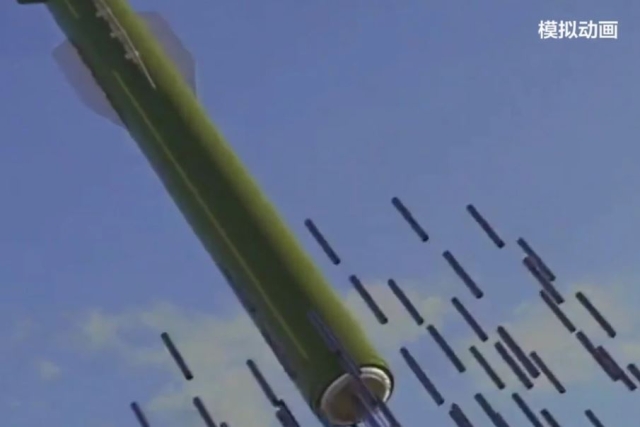NASA's OSIRIS-REx Capsule Safely Returns with First-Ever Asteroid Sample

After a swift and scorching descent through Earth's atmosphere, NASA's OSIRIS-REx sample return capsule touched down in the desert at 8:52 a.m. MT today, marking the return of NASA's inaugural asteroid sample.
This capsule is believed to cradle approximately one cup's worth of precious material harvested from Bennu, a celestial body rich in carbon. Scientists anticipate that this treasure trove of cosmic debris will illuminate the origins of organic compounds that catalyzed life on Earth while offering profound insights into the intricate dance of planet formation.
In the moments leading up to its touchdown, the capsule hurtled through the atmosphere at a staggering speed of more than 27,000 mph, before gently alighting on the sandy expanse of the U.S. government's Utah Test and Training Range.
Following a helicopter-assisted approach to the capsule's landing site, the recovery team conducted hazardous material assessments, sampled the neighboring soil, enveloped the 100-pound capsule in protective layers, and secured it for airlift to an on-site cleanroom at the range. Here, the sample will undergo processing and be transported aboard a military aircraft to the custody of the curation team at NASA Johnson in Houston, Texas, where it will become available for in-depth analysis.
A dedicated team comprising approximately 60 individuals from NASA, the University of Arizona, Lockheed Martin, and range personnel joined forces for the capsule's landing and retrieval efforts, with an additional contingent of 25 engineers orchestrating the spacecraft's maneuvers from Lockheed Martin's Mission Support Area in Denver.
OSIRIS-REx, in its quest for advanced exploration, has pioneered a suite of groundbreaking technologies poised to reshape the future of small celestial body exploration within our solar system. These innovations include specialized techniques for operating in microgravity, autonomous navigation to the surface of a small celestial body employing Natural Feature Tracking, and the Lockheed Martin-conceived reverse-vacuum Touch and Go Sample Acquisition Mechanism (TAGSAM) for extracting samples from an asteroid.
Looking ahead, having accomplished today's landing and showcasing latest technologies, OSIRIS-REx will be rebranded as OSIRIS-APEX and will embark on its extended mission phase. This marks the commencement of its voyage toward its next destination: the near-Earth asteroid Apophis.
OSIRIS-REx has etched a notable legacy, marked by key milestones such as its launch on September 8, 2016, from Cape Canaveral Space Force Station, its arrival at Bennu on December 3, 2018, where it conducted an two-year survey of the asteroid, its successful extraction of a sample from the asteroid by "tagging" it on October 20, 2020, and its departure from the asteroid to initiate its return journey to Earth on May 10, 2021.









